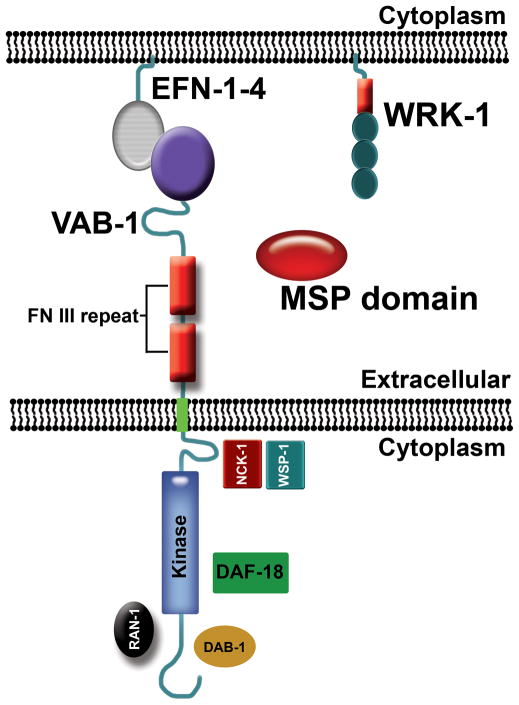Figure 2. C. elegans Eph receptor signaling showing proteins that directly interact with VAB-1.
The genome encodes one Eph receptor called VAB-1, four GPI-linked ephrins called EFN-1 to EFN-4, and numerous proteins with MSP domains (George et al., 1998: PMID9506518; Chin-Sang et al., 1999: PMID10619431; Wang et al., 1999: PMID10635316; Tarr and Scott, 2005: PMID15837611). MSP domains directly interact with the VAB-1 extracellular domain and can function as ephrin antagonists, as well as signal independent of ephrins (Miller et al., 2003: PMID12533508; Govindan et al., 2006: PMID16824915; Tsuda et al., 2008: PMID18555774; Chen and Chan, 2009: PMID19808793). The VAB-1 intracellular domain directly interacts with the Disabled homolog DAB-1 (Cheng et al., 2008: PMID18472420), Ran GTPase RAN-1 (Cheng et al., 2008: PMID18472420), PTEN homolog DAF-18 (Brisbin et al., 2009: PMID19853560), and a complex containing the NCK-1 adaptor protein and WSP-1 WASP homolog (Mohamed et al., 2012: PMID22383893).

